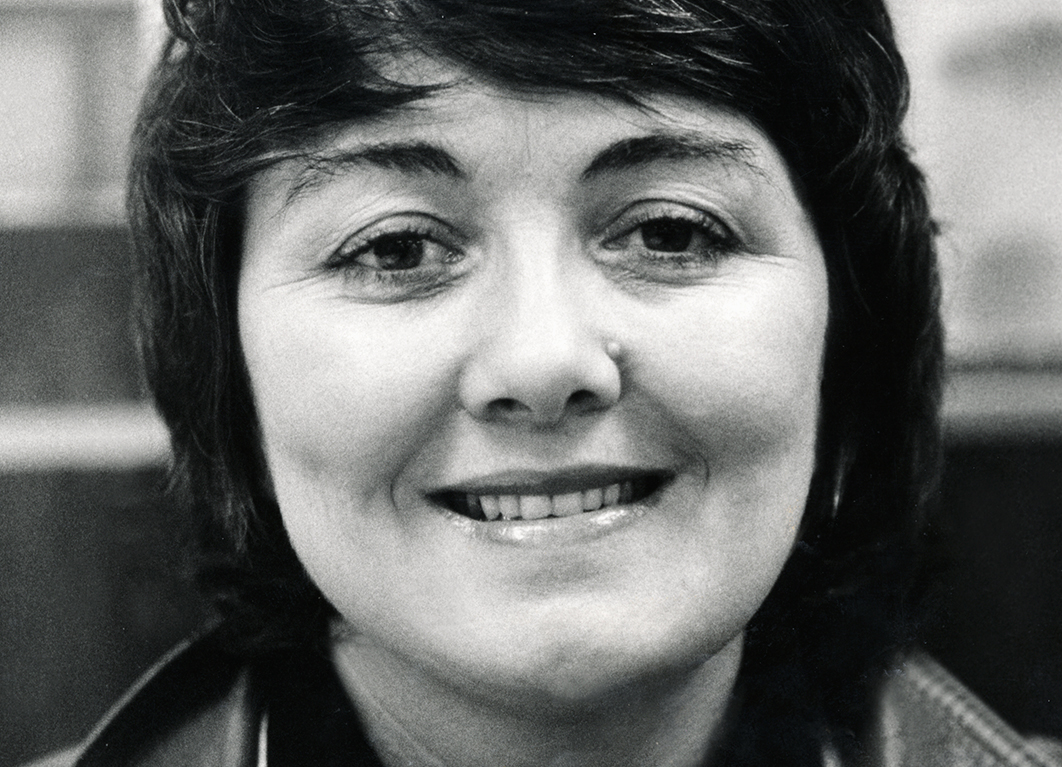Jan would hate this. She never liked the limelight, constantly doubted her talent and was always self-effacing, unsure of her place on the margins between Black and white Australia where she had such a profound impact for good.
Her humility as much as her humanity was perhaps the secret of her success, why those for whom she fought so passionately and tenaciously throughout her life trusted her and shared their stories — and why she was able to pierce the defences of the powerful to reveal often shocking truths.
Jan Mayman, who has died at the age of eighty, was the most important journalist of her generation in exposing the systemic cruelty, neglect and injustice suffered by Indigenous Australians — long before most of the mainstream media were awakened to that grim and abiding reality.
For Jan, the turning point came in a hotel in the town of Roebourne on the northwest coast of Western Australia in 1983. A teacher friend had told her the alarming story of a sixteen-year-old Aboriginal boy who had died in police custody in Roebourne after a brawl with police officers. She flew north from Perth to investigate.
After the Aboriginal Legal Service lawyer refused to talk to her, a tall Aboriginal man approached: “I’d never met him before, he just beckoned me and I sort of followed him… He led me to a hotel room and he had eight Aboriginal people, all men, and they were lined up sitting on two beds and he said, ‘Tell her.’ And they all told me this shocking story.”
John Pat had joined a drunken confrontation with four off-duty policemen outside the Victoria Hotel on the evening of 28 September 1983. According to the witnesses, he was struck in the face by one policeman and fell backwards, striking his head hard on the roadway. Another officer kicked Pat in the head before he was dragged to a waiting police van, kicked in the face, and thrown in.
Other witnesses, who had been across the street from the police station, said Pat and several other Aboriginal prisoners were beaten as they were taken from the van and, one after another, dropped on the cement path. Each was then picked up, punched to the ground, and kicked. According to one observer, none of the prisoners fought back or resisted. An hour later, when police checked on Pat in his cell, he was dead.
The dramatic story was accepted by Age editor Creighton Burns, who ran it on the front page. The subsequent inquest, which led to the four policemen being charged with manslaughter, triggered the public outcry that precipitated the royal commission into Aboriginal deaths in custody. Jan Mayman’s reporting earned her a Gold Walkley, the highest accolade in Australian journalism.
It would be the first of many powerful stories detailing injustice over the next four decades. These included more cases of abuses and deaths in custody, the plight of stolen generations survivors and the battle to protect sacred Aboriginal lands against the encroachment of mining — notably the epic struggle by the Yindjibarndi of the Pilbara against Twiggy Forrest’s Fortescue Metals.
Jan became a champion of Indigenous rights with an unlikely colonial pedigree. Her grandfather, George Mayman, was a pioneering gold hunter and mine owner in the Kalgoorlie goldfields.
She was never comfortable in the tough, ego-driven world of journalism, where she was always an outlier, a freelancer who worked for some of the biggest newspapers in Australia and overseas but was never really embraced by the mainstream. Her independence was an asset, but she always struggled to earn enough money and was fearful of ruinous litigation without the guaranteed backing of a monied publisher.
She was both a powerful reporter and an elegant, evocative writer — a rare combination in journalism. While her investigative journalism was compelling, her writing captured the beauty of Aboriginal lands and powerful mystery of Indigenous traditions.
A generation before the killing of George Floyd in the United States ignited the Black Lives Matter movement around the world, Jan Mayman had exposed the ugly truth of endemic racism and abuse in Australia to a largely indifferent or ignorant mainstream audience.
The royal commission triggered by her journalism promised a sea change. Its 339 recommendations lit the path to reducing deaths in custody, imprisonment rates, inequality and disadvantage. “Few Australian royal commissions have attracted stronger, more passionate media attention than the 1991 final report,” journalist Wendy Bacon would write. The failure of that promise of change broke Jan’s heart.
The issues on which she fought so hard remain as far from resolution as ever. In the thirty years since the royal commission, almost 500 more Aboriginal people have died in custody. To John Pat’s name have been added others whose deaths are etched in shame – Mulrunji Doomadgee, Mr Ward, Ms Dhu. But most are forgotten numbers on a roll without end. •




